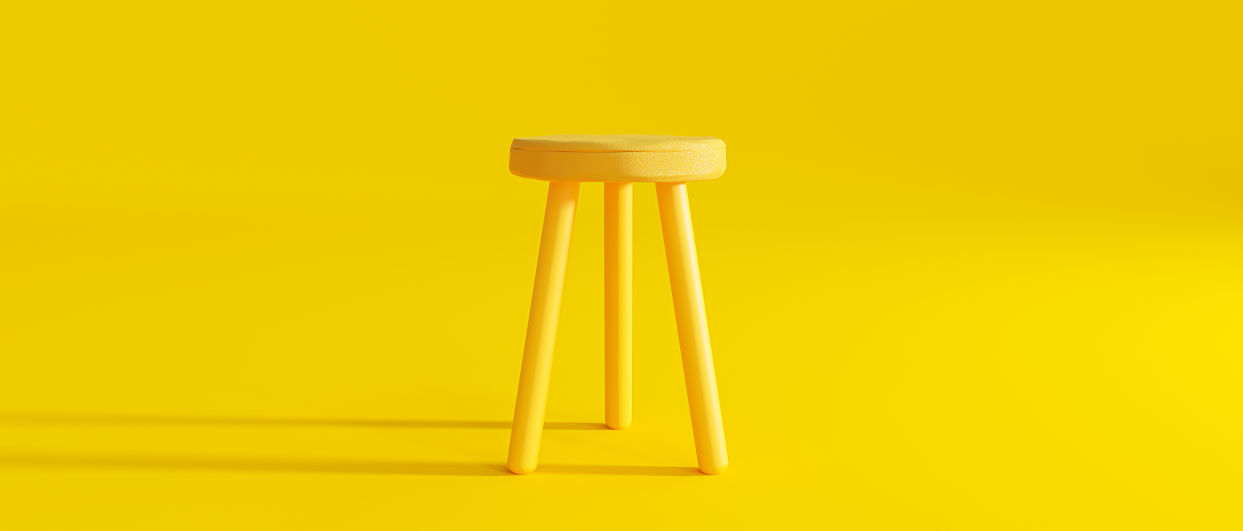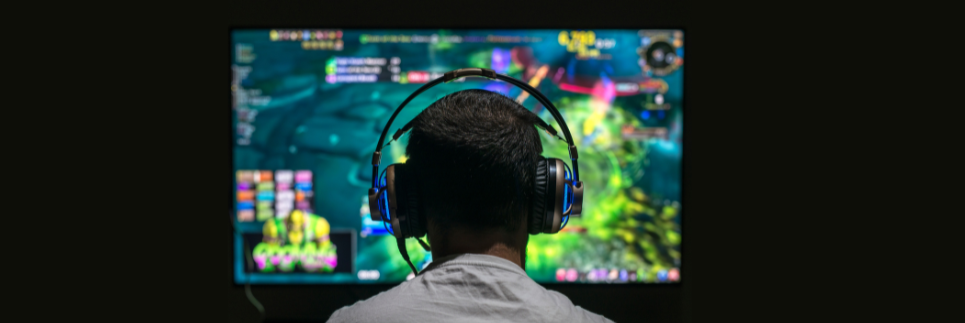Can a person change?
I found myself returning to this question after our last family movie night. This past weekend we put up our holiday decorations and cuddled up as a family to watch Spirited, Will Ferrel’s recent Christmas movie. “Can a person change?” is the core question of the film, which hilariously reinvents Charles Dickens’ A Christmas Carol with a modern twist. The ghosts of Christmasses past, present, and future are supported by an entire department of ghosts who do research all year on their chosen “perp,” who will receive an elaborate Christmas-Eve production designed to instill a transformative change. You know the story.
Well, this year, the ghost of Christmas Present (Will Ferrel) feels like they’ve been aiming their sights too low, and discovers a jaded marketer named Clint Briggs (Ryan Reynolds) who, according to Present, is “like the perfect combination of Mussolini and Seacrest.” They discover his file is labelled as ‘unredeemable,’ but Present insists that they should try anyway. A lot of music, singing, and perfectly timed one-liners ensue (seriously, why are you still reading this, go watch the movie!) and, ultimately, we discover that even dastardly Clint Briggs — spoiler alert — can be redeemed.
I guess people can change.
Education Assumes that People Change
For us educators — though we might not often frame it this way — we are in the business of changing people. In every lesson, every unit, every course, and every grade, we are trying to help our learners grow and develop according to their potential. Though it sounds idealistic and perhaps like a truism, I’ll say it anyway: The primary goal of education is to try to change our students for the better.
And — let’s be honest — the change that we are targeting in students is clearly more than progressing from, “I don’t know what a parabola is” to, “I can derive the quadratic equation.” This is an example of change in the realm of knowledge, but not, I would argue, the primary goal of education. The change we are after is even more than progressing from, “I don’t like to talk about math“ to, “I can explain and justify mathematical ideas and decisions in many ways,“ which is an example of change in competency. The change we are really targeting is a change of character. We want our students to progress from, “I don’t get things done” to, “I can trust myself and others can trust me too,” which is an example of change in character.
This last type of change gets to the root of why so many of us become educators in the first place: We want to see students grow in character. I believe this is also at the root of social-emotional-learning (SEL), which is one of the latest buzz-words in education. When we cut through all of the edu-babble around SEL, what we seem to be saying is that it’s not enough to just make kids have more knowledge and skills if we don’t also help them have better relationships with themselves and others.
The Three Pillars of Personal Change
So, watching Spirited on the weekend reminded me of a theory I have been working on for the past decade or so. It’s not a theory of if people can change, but how they change. Let’s take a look at it, and then we will discuss how it relates to educational technology.
The three pillars of personal change are structure, accountability, and desire. If even one of these is missing, lasting change becomes impossible. Let’s look at a classic example, and one that I am personally privy to: the desire to lose some weight.
There have been plenty of days where I have woken up in the morning, stepped on the scale, and said, “Hmm… that’s not good.” At that moment, I have the desire to eat healthier, get some exercise, and lose weight. Then, I make my ‘special pancakes’ for the family, one thing leads to another, and all of my good intentions are out the window until the next day. Desire alone doesn’t cut it, because we humans are a mess of conflicting desires all battling with each other on a daily basis.
Let’s try adding in some accountability. I share with my wife that I think I need to lose a couple pounds. Shockingly, she agrees. (I thought she’d say I looked great!) Now, there are two of us working towards the goal of me losing weight. A week later she asks, “Hey hun, how is that weight-loss thing working out?” I step on the scale, and we of course discover that I have failed to move the needle. Something is still missing.
But if we add in structure, which in my case has been the points system of the Weight Watchers app, then finally we have all the ingredients that will actually empower the change I am looking for. Having the desire and the accountability is not enough. We needed a plan. Now, every day, I have an allotment of “points” and can spend those points on different foods, and I can earn more points for exercising. Now we have something specific to talk about when it comes time for accountability, and my competing desires can come into alignment with what my overriding desire is: in this case, to live a long and healthy life loving my family.
At the risk of mixing metaphors, we can think of these three pillars as three legs of a stool. If any leg is missing, then the stool falls over. If I have the Weight-Watchers app and the desire to lose some weight, but don’t have my wife or a friend checking in with me, it’s easier to fall off the wagon. And even with the best structured plan and people to keep me accountable, if my heart’s desire isn’t to actually follow through, then the people and plan won’t be enough to stand the test of time. All three pillars are essential.
Pillars of Change in Education
This brings us back to education. If ever there was a place that had structure and accountability, it was the traditional school. Timetables, bell-schedules, classes, graduation credits, That’s a lot of structure. Then, there are demerits, detention, and my personal favourite — the reflection form! That is plenty of accountability. School is a place where teachers, administrators, and parents are all working together to create accountability for the structure of the school.
But what about that third pillar? How effective is school at creating the kind of deep-seated desire in students that is necessary for the growth in knowledge, competency, and character that we are hoping our institutions to achieve?
To answer that, I think back to my experience in school, and it is resoundingly clear to me that it was the relationships I developed with educators that transformed and inspired my desire to be something great. It was sitting in Mr. Penner’s 9th grade Math class when I first had the inkling of a desire that I might someday want to teach. It was hearing coach Byron’s war stories that inspired me to love the game of basketball, which I would later go on to coach. It was time spent with my friends Steven and Justin playing pranks in the computer lab that propelled my love for technology that eventually led me down the road of working in edtech.
At the end of the day, lasting change comes back to the people that enter structures with you, that hold you accountable in those structures, and inspire in you the desire to grow.
This leads us finally to the topic of technology in education. If the goal of education is personal change, and the three pillars of change hinge on relationships with people, does educational technology support that goal, or does it undermine it? This is the question we will turn to in part 2 next month …
About the Author






